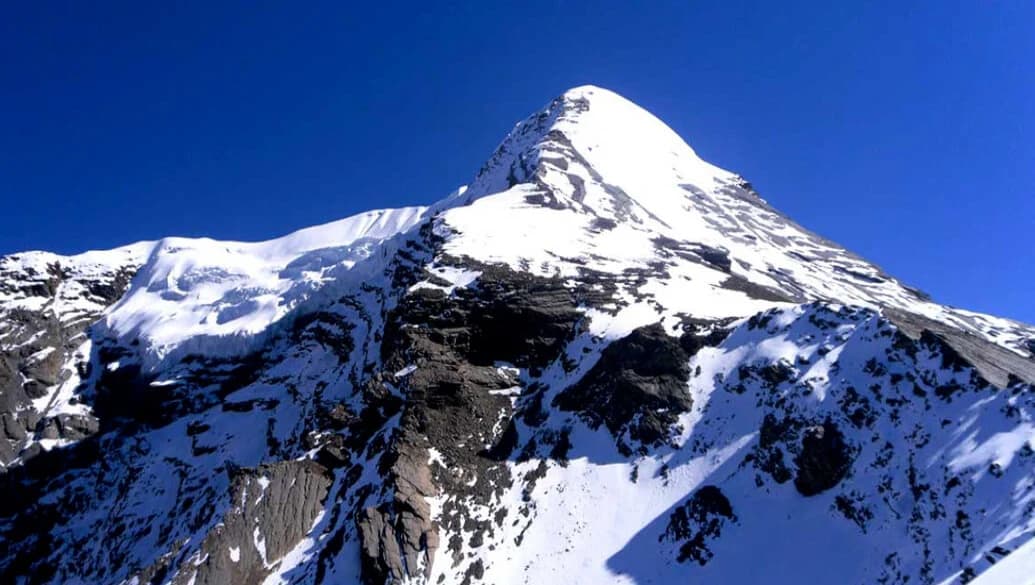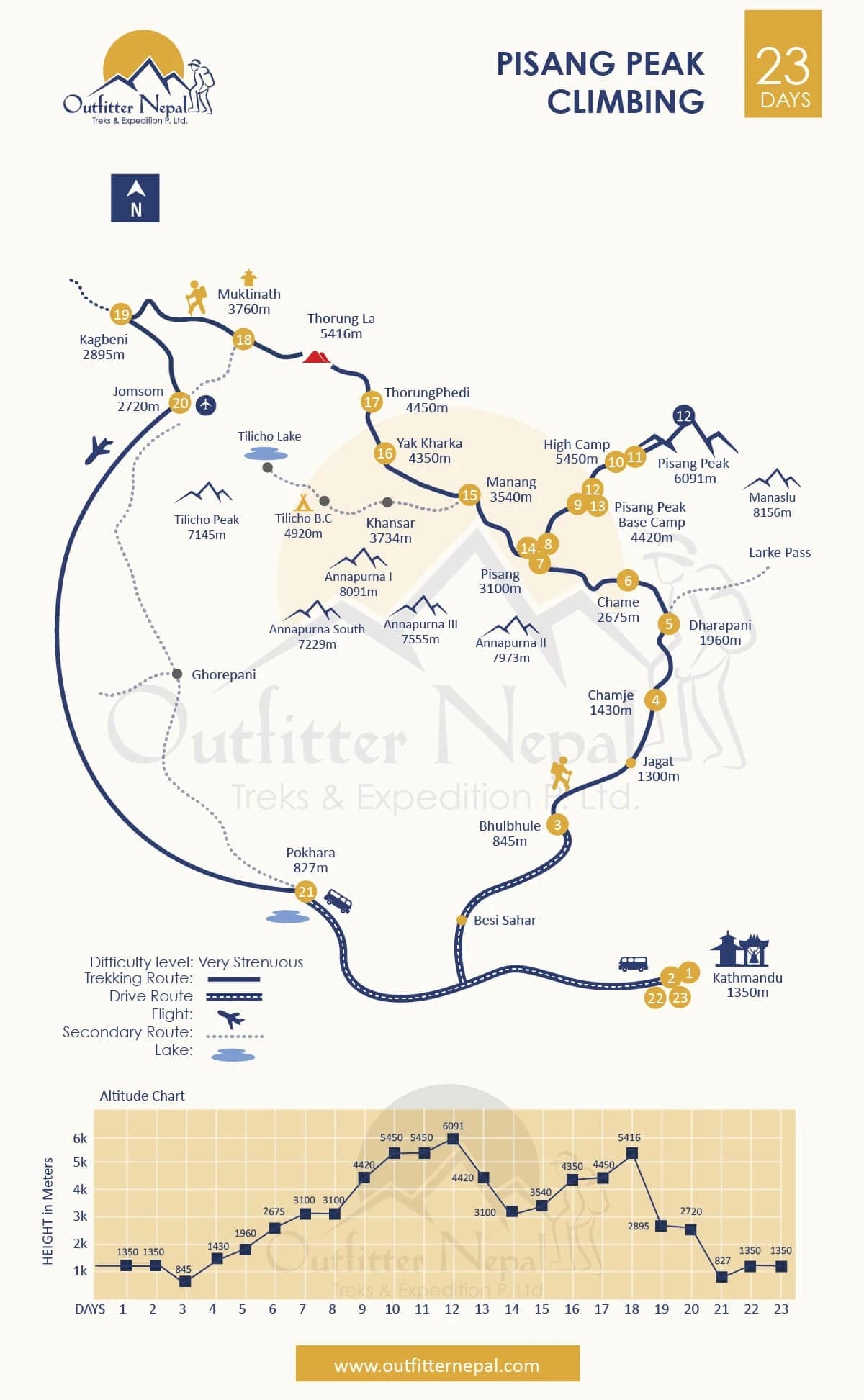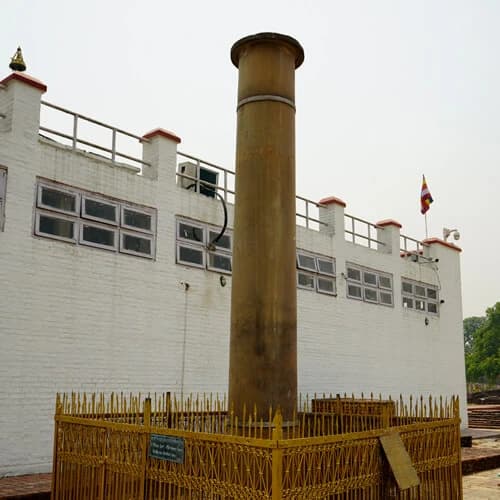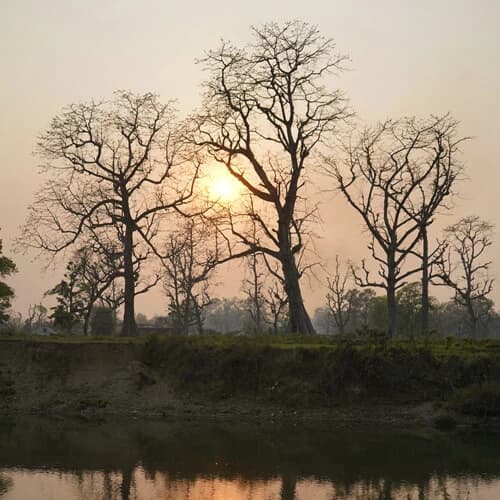Pisang Peak Climbing Trip highlights
- Summit is one of Nepal's most prized trekking peaks, with panoramic views over the Annapurna range.
- Pass through various landscapes, including valleys of alpine forests and rugged high-altitude mountain land.
- Explore typical villages like Manang and Kagbeni, which have Tibetan-style-influenced architecture and culture.
- Visit UNESCO World Heritage sites and ancient monuments in the Kathmandu valley.
- Trek along one of the planet's highest altitude passes with challenge and satisfaction.
- Experience professional guides, porters, and climbing support for a safe and memorable trek.
Conquer Pisang Peak - An Unforgettable Himalayan Adventure
The Pisang Peak expedition is one of Nepal's most thrilling trekking peaks. The Himalayan journey features technical climbing abilities and is perfect for adventurers who seek a new challenge. The Pisang Peak Climbing tour is an exciting 23-day adventure that takes you through deep Nepal's Annapurna range, blending culture and high-altitude mountaineering. The tour starts in the vibrant city of Kathmandu, where you explore ancient temples and UNESCO World Heritage Sites before heading into the Himalayan foothills.
The trek follows the scenic Annapurna Circuit, passing through lush jungles, rivers, and cultural villages, each offering a new insight into local culture and mountain lifestyle. As we ascend higher, the landscape transforms into alpine terrain with breathtaking views of Annapurna II, III, Gangapurna, and Tilicho Peak. After proper acclimatization in the high camp (5,450m), the last hurdle is to climb the summit of Pisang Peak at 6,091 meters.
The panoramic views from the summit are worth all the effort. The trek traverses the iconic Thorong La Pass (5,416m) before descending to the arid Mustang region. This trek is perfect for adventurous travelers with limited mountaineering experience. Choose this climb for its blend of culture, scenery, and Himalayan achievement led by experienced professionals for safety and a lifetime of memories.
Best time for Pisang Peak Climbing Experience
Pisang Peak (6,091m), located in Nepal's scenic Annapurna district, is perfect for adventure seekers and trekkers searching for an ideal blend of adventure and Himalayan views. The best time to climb is Spring (March, April, May) and Autumn (September, October, November), with the most favorable climatic conditions.
During these periods, skies are clear, temperatures are comfortable, and paths are dry and secure, which is ideal for hiking and making technical ascents. Additionally, you will have clear visibility of the surroundings and enjoy stunning panorama views, significantly enhancing the travel experience.
Pisang Peak Climbing in Autumn (September, October and November)
Autumn is one of the best seasons to climb Pisang Peak as it offers clear skies, stable weather, and ideal trekking conditions. It arrives in Nepal after the departure of winter, and you will experience calm winds and occasional fog at higher altitudes.
- Optimal weather conditions: The climate is dry, with minimal chance of snowfall and rainfall.
- Ideal temperature ranges: Day temperatures range from 10–15°C; at higher altitudes, they can drop as low as -10°C at night.
- Trail and climbing conditions: The path is dry and well-defined, as it is not covered with thick layers of snow. Similarly, the ice slopes during the ascent are easier to climb.
- Visibility and scenic rewards: The clear blue skies offer distant views of Annapurna, Gangapurna, Tilicho Lake, and many more mountain peaks.
- Safety and acclimatization: Stable weather conditions allow a safe climbing expedition with minimal risk associated with altitude sickness.
Pisang Peak Climbing in Spring (March, April and May)
The spring season is also an excellent time for mountaineers to climb Pisang Peak. This time of the year is characterized by its colorful scenery, pleasant weather, and increasing trail conditions.
- Optimal weather conditions: The weather gradually warms up and is predominantly stable, with fewer weather fluctuations.
- Optimal temperature ranges: Day temperatures range between 12–18°C; at night, at high altitudes, -8°C to -12°C.
- Trail and climbing conditions: Routes are free from debris like mud, snow, and water and are surrounded by blooming wildflowers and rhododendrons.
- Visibility and scenic rewards: Excellent views with colorful valleys, sharp views of the Annapurna range, and picturesque valleys.
- Safety and acclimatization: The favorable warmer conditions make acclimatization easier, as you don't have to deal with heavy rain, snow, and windstorms on the trail.
Why Choose Pisang Peak Expedition?
Pisang Peak is a perfect choice for trekkers and climbers due to its ideal blend of adventure and accessibility. Compared to most of the other trekking peaks in Nepal, it is relatively easier to ascend. It is the perfect introduction to alpine climbing without depriving one of the high-altitude thrill. The ascent offers adventurers stunning panoramic views of Himalayan peaks such as Annapurna II and IV, Tilicho Peak, and Gangapurna.
The journey is an adventurous combination of established trekking routes over varied terrain and technical climbs up snow-covered ridges, both varied and satisfying. With good acclimatization and preparation, Pisang Peak boasts a high success rate. It is a great choice for those seeking their first Himalayan ascent or an inspiring side excursion to an extended Annapurna Circuit adventure.





